Building a stainless steel product from scratch involves a complex process that combines engineering, technology, and precision. While millions of people use stainless steel products daily, few understand the detailed steps involved in their creation. The manufacturing of stainless steel is a fascinating journey that showcases the evolution of material science and industrial processes since the Industrial Revolution. Here are the six key stages in the production of a stainless steel product: 1) Material Handling The process begins with an uncoiler, a machine that holds and unwinds steel strips safely. It regulates the speed and direction of the metal as it moves through the production line for further processing such as slitting or entering a tube mill. 2) Forming In this stage, semi-finished steel undergoes forming operations like hot rolling, where the metal is heated and passed through large rolls to shape it into bars, sheets, or plates. Bars are particularly versatile due to their variety in grades and sizes, suitable for multiple applications. 3) Heat Treatment Stainless steel is then subjected to heat treatment, typically through annealing furnaces. This process relieves internal stress and softens the material, making it more suitable for various uses. Precise control over temperature, pressure, and cooling is crucial to avoid defects. 4) Descaling During annealing, scale forms on the surface of the steel. This is removed using descaling methods like pickling, which ensures a clean and smooth surface before further processing. 5) Cutting and Punching After heat treatment and descaling, the steel is cut into specific shapes using mechanical tools such as guillotine knives, blanking, and high-speed blades. Holes and other features are also created at this stage. 6) Finishing and Polishing Finally, the stainless steel is polished to achieve a visually appealing finish. This step enhances aesthetics and ensures the product is easy to clean, making it ideal for sanitary applications. Hydraulic Press 4 Column Hydraulic Sheet Metal Deep Drawing This hydraulic press utilizes hydrostatic pressure to process materials such as metal, plastic, rubber, wood, and powder. It is widely used in forging, stamping, cold extrusion, bending, flanging, sheet metal deep drawing, and more. The machine offers significant technical and economic benefits by reducing weight, parts, and mold numbers, improving strength, and lowering costs. SPECS of YZ33
Certificate custom business stickers, logo stickers,custom logo stickers,bottle stickers,bottle labels ZZ Sticker , https://www.zzsticker.com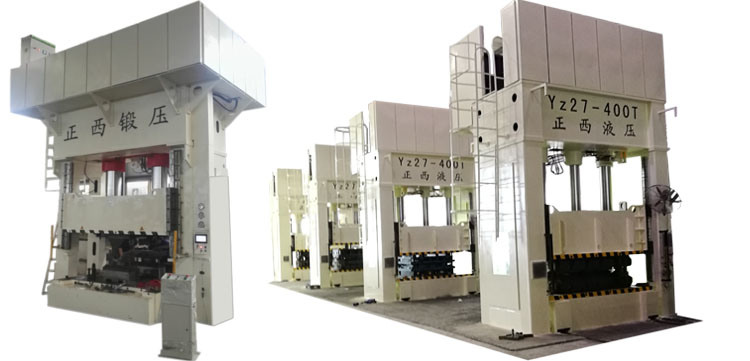
Model
Unit
YZ33-25T
YZ33-50T
YZ33-63T
YZ33-100T
YZ33-160T
YZ33-250T
Clamping Force
KN
250
500
630
1000
1600
2500
Working Layer
Qty
2~4
2~4
2~4
2~4
2~4
2~4
Piston Stroke
mm
180
250
250
250/250
250/250
500
Heating Platen Daylight
mm
90
125
125
125
125
125
Heating Platen Size
Left-right
mm
350
400
500
600
750
900
Front-back
mm
350
400
500
600
850
900
Heating Plate Power
KW
1.5
2.2
3
7.5
11
15
Motor Power
KW
7.2
9
10.8
33.75
45
45
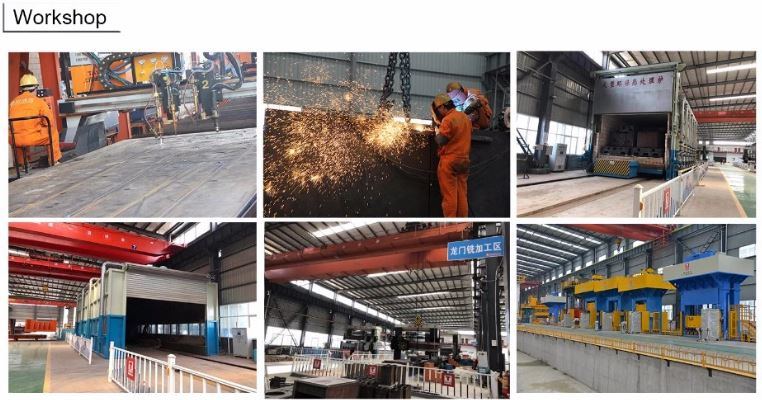
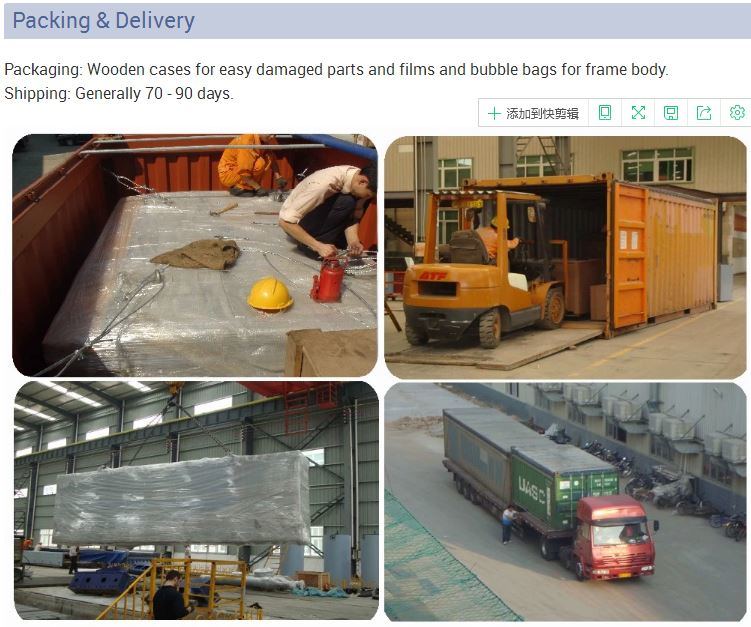
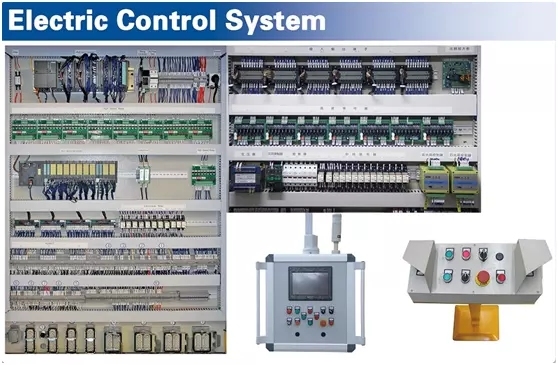

Â
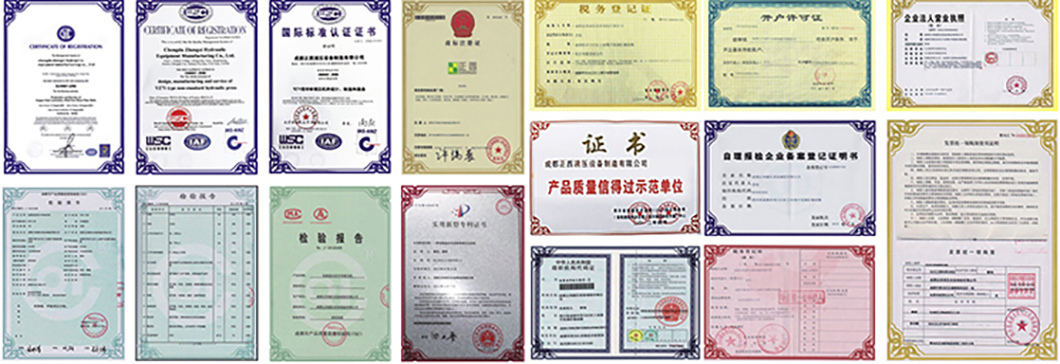
Model No.: YZ27
Advantage: High Cost Performance and High Production Efficiency
Controller: PLC
CNC or Not: CNC
Trademark: ZHENGXI
Transport Package: Standard International Wooden Case or Iron Pallet
Specification: Set
Origin: China
HS Code: 84629190